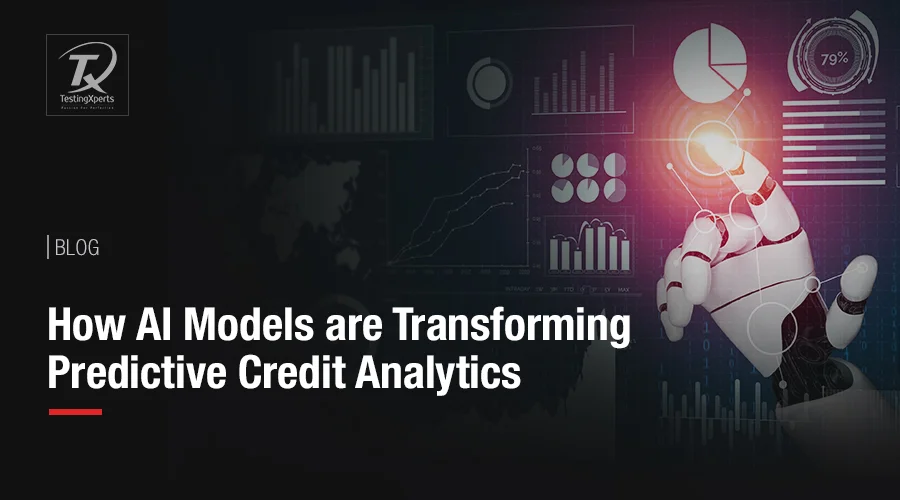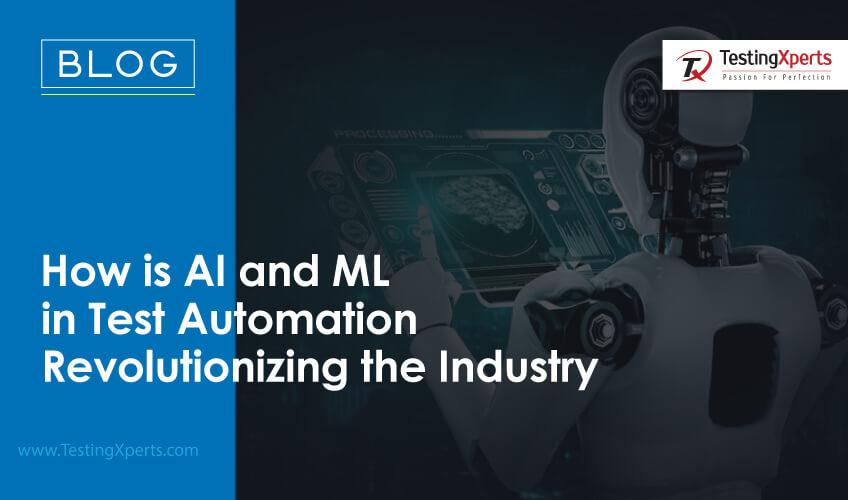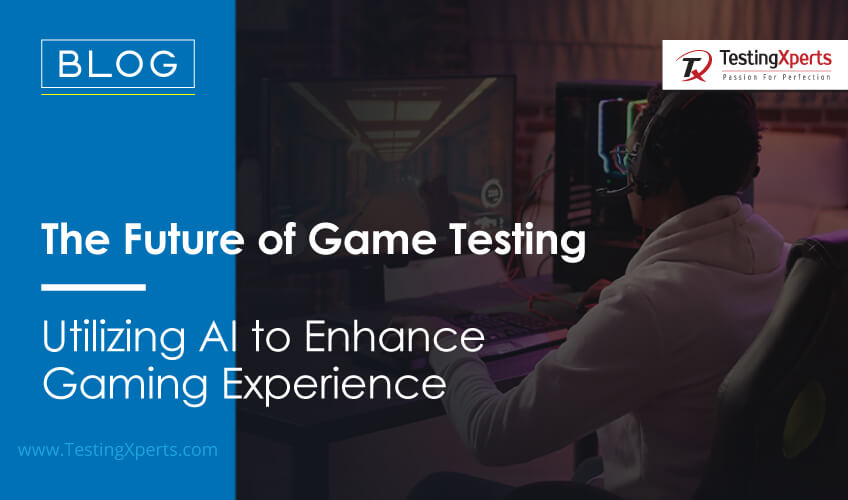
- The Promise of AI models in Creditworthiness
- The Ethical Dilemmas
- Striking the Right Balance
- How AI Predictive Analytics Works?
- AI Models Real-World Applications and Challenges
- Conclusion
- How can Tx Help you?
According to a report by McKinsey & Company, financial institutions that leverage AI for predictive analysis saw a 40% improvement in loan approval accuracy and a 25% reduction in defaults. These numbers underscore the transformative potential of AI in reshaping creditworthiness assessments. But should we, as leaders in the financial sector, fully entrust such critical decisions to algorithms? This question is not just about technology; it’s about ethics, fairness, and the future of financial inclusion.
The Promise of AI Models in Creditworthiness

AI models bring accuracy, speed, and scalability to the table. Traditional credit scoring methods rely heavily on historical financial data, such as credit scores and repayment history. While effective, these methods can be rigid, often failing to account for nuances in an individual’s financial behavior or unconventional income sources. AI, on the other hand, can analyze vast datasets, including alternative data like utility payments, social media activity, and even psychometric evaluations, to paint a more comprehensive picture of an individual’s creditworthiness.
Take the example of emerging markets, where millions lack traditional credit histories. AI-powered systems have enabled microlenders to assess these “credit invisibles” using alternative data, thereby driving financial inclusion. Companies like Tala and Branch have successfully used AI to provide microloans in regions like Sub-Saharan Africa and Southeast Asia, fostering economic empowerment.
The Ethical Dilemmas

While the potential benefits are compelling, the use of AI in creditworthiness assessments raises significant ethical concerns. At the heart of this issue lies the question of bias. Algorithms are trained on historical data, which may carry the same biases that have historically excluded certain demographics from fair financial opportunities. For instance, if past lending practices were biased against certain communities, the AI model could inadvertently perpetuate those biases.
Furthermore, the opacity of AI models—often referred to as the “black box” problem—compounds these ethical challenges. If a loan application is denied, applicants and even lenders may struggle to understand the rationale behind the decision. This lack of transparency can erode trust and raise questions about accountability.
Striking the Right Balance

Financial organizations demand a balanced approach to leveraging AI for creditworthiness. Here are three key considerations for businesses:
Data Diversity and Fairness
Ensuring that AI models are trained on diverse datasets is crucial for minimizing bias. This includes incorporating alternative data sources that capture a wider spectrum of financial behaviours. Regular audits and fairness tests should be conducted to identify and mitigate biases in the algorithms.
Transparency and Explainability
Investing in explainable AI (XAI) technologies can help demystify the decision-making process. Explainable AI provides insights into how and why a particular decision was made, enabling both lenders and borrowers to understand the factors influencing the outcome. This transparency is essential for building trust and ensuring accountability.
Regulatory Compliance and Ethical Oversight
Regulators worldwide are beginning to scrutinize the use of AI in financial services. Leaders must proactively align with emerging regulations and establish internal ethical guidelines. Setting up independent oversight committees can ensure that AI applications adhere to ethical standards and do not inadvertently harm vulnerable populations.
How AI Predictive Analytics Works?
Predictive analytics leverages AI to analyze historical data and forecast future credit behaviours. This capability enables:
- Default Risk Prediction: AI can flag high-risk borrowers by analyzing repayment trends, income fluctuations, and market conditions.
- Loan Optimization: Predictive models help determine optimal loan amounts and interest rates tailored to individual borrowers.
- Fraud Detection: AI systems can identify unusual patterns in application data, reducing the likelihood of fraudulent activities.
For instance, Zest AI employs machine learning to enhance underwriting accuracy, reducing loan defaults by up to 15% while expanding access to credit.
AI Models Real-World Applications and Challenges
Several financial institutions have already embraced AI models for creditworthiness with promising results. For example, JPMorgan Chase uses machine learning to analyze cash flow data for small business loans, enabling faster and more accurate lending decisions. Similarly, Indian fintech startup Crediwatch leverages AI to assess the creditworthiness of SMEs using non-traditional data sources, driving economic growth.
Areas to be Cautious of
However, the journey is not without pitfalls. In 2019, Apple Card faced allegations of gender bias in its credit limit assignments, sparking a public outcry and regulatory scrutiny. This incident highlighted the risks of deploying AI without adequate safeguards and underscored the importance of transparency and fairness.
The Imperative
As stewards of the financial ecosystem, leaders have a responsibility to navigate the complexities of AI adoption thoughtfully. This involves not only leveraging technology to enhance efficiency and inclusivity but also addressing the ethical and social implications head-on. A few strategic can pave the way:
- Consider Innovation and Accountability: Encourage teams to experiment with AI while maintaining rigorous ethical oversight.
- Collaborate Across Sectors: Partner with technology providers, regulators, and social organizations to develop robust frameworks for AI governance.
- Invest in Education and Awareness: Equip stakeholders, including employees and customers, with the knowledge to understand and trust AI-driven processes.
Conclusion
The question of whether AI should be used for predictive analysis in determining creditworthiness is not a binary one. It’s a nuanced issue that requires a thoughtful blend of innovation, ethics, and human oversight. As we stand at the crossroads of technological advancement and societal responsibility, the choices we make today will shape the future of financial services.
By embracing a dual focus on innovation and ethics, we can unlock the full potential of AI while safeguarding the principles of fairness and inclusivity. In doing so, we don’t just advance technology; we redefine the very essence of financial leadership. And that, perhaps, is the most significant credit we can offer to the future.
How Can Tx Help You?
Our proven track record includes helping organizations enhance their risk assessment capabilities by up to 70%, improve loan approval accuracy, and develop financial inclusion by unlocking access to credit for underserved populations. With a commitment to transparency, ethical AI, and scalable technology, Tx partners with you to not only meet today’s challenges but also anticipate tomorrow’s opportunities. Let us help you lead with innovation and integrity in a rapidly evolving financial landscape.
Discover more
Get in Touch
Stay Updated
Subscribe for more info




